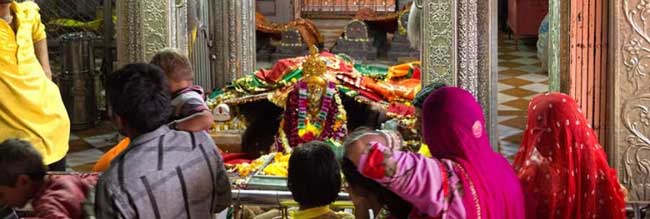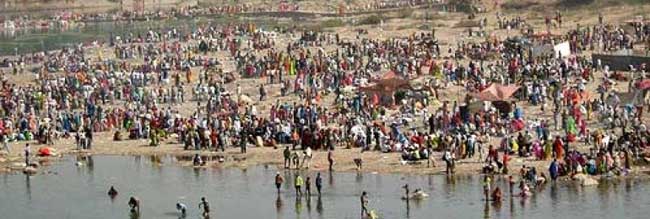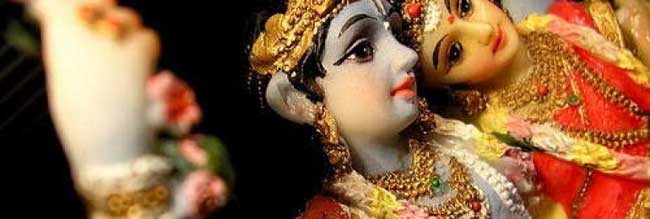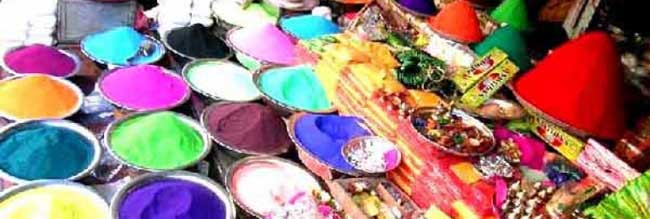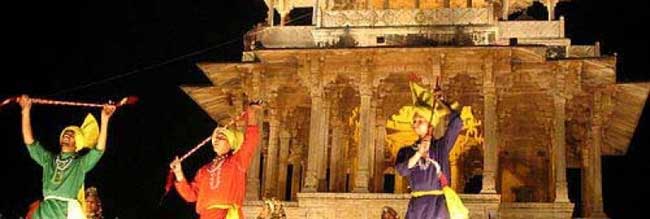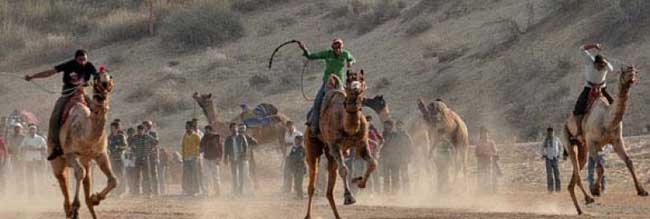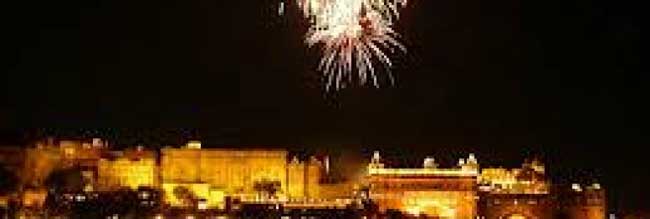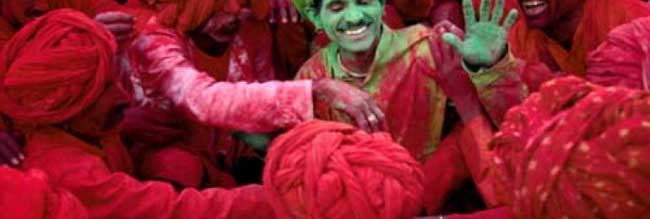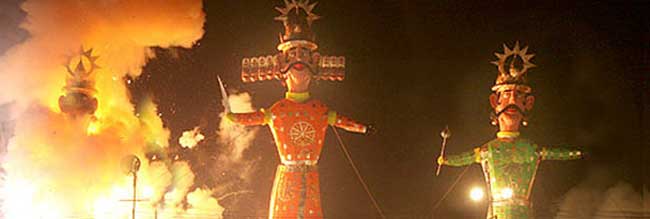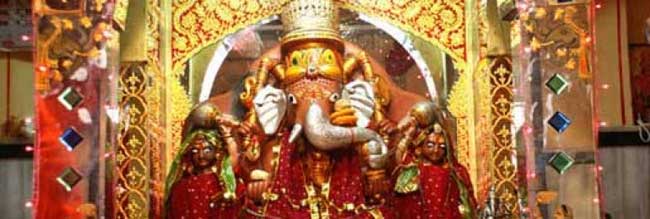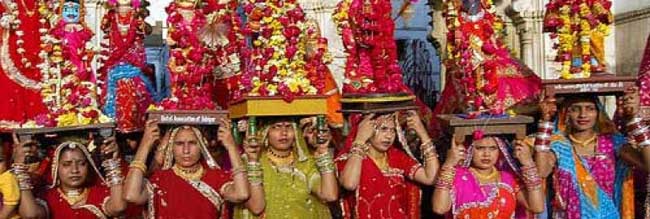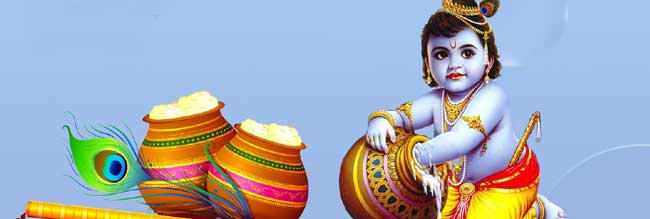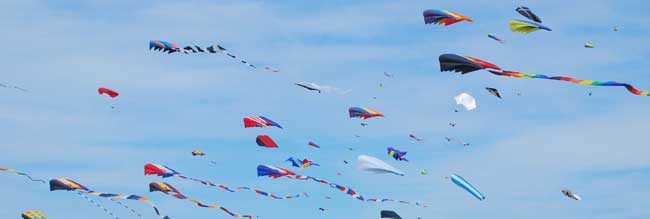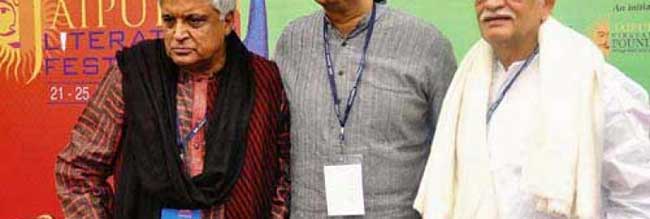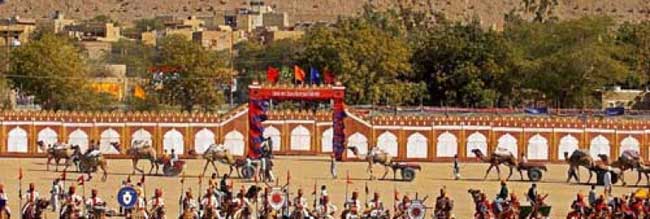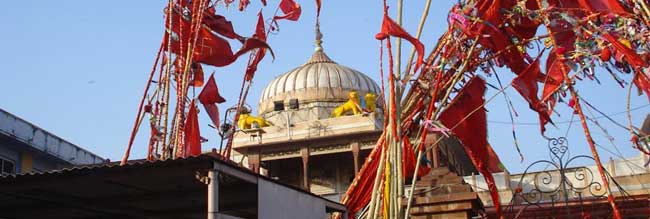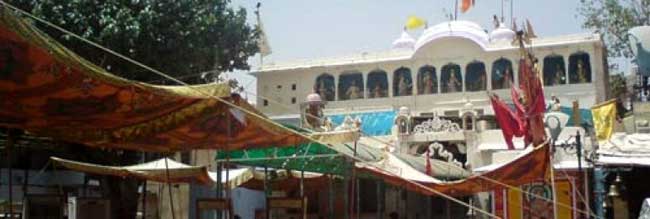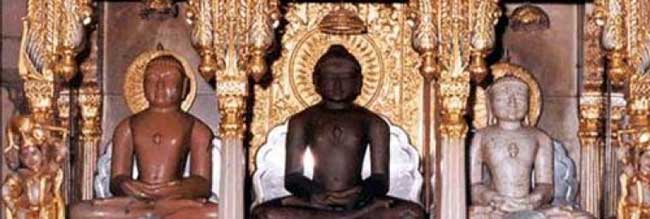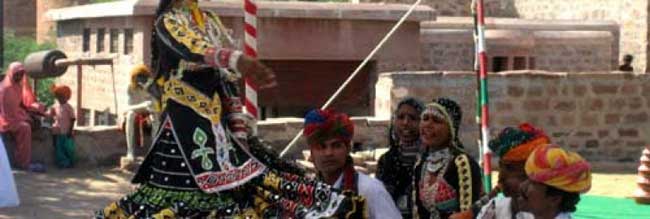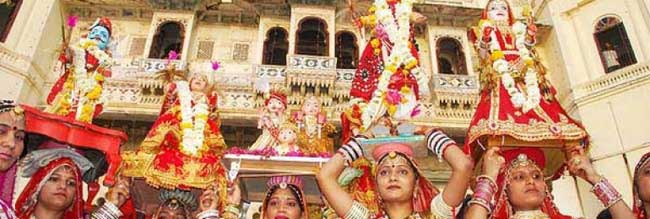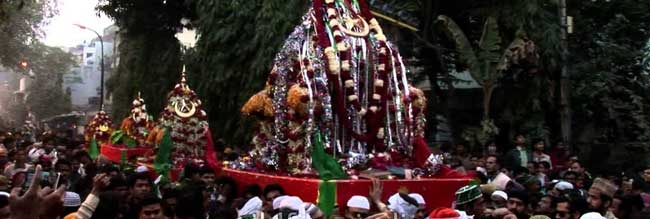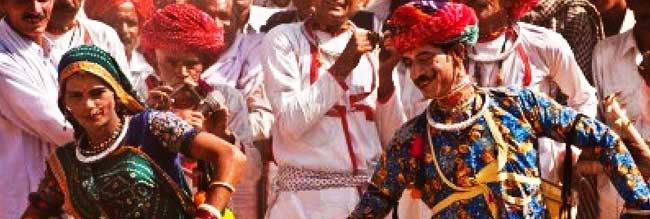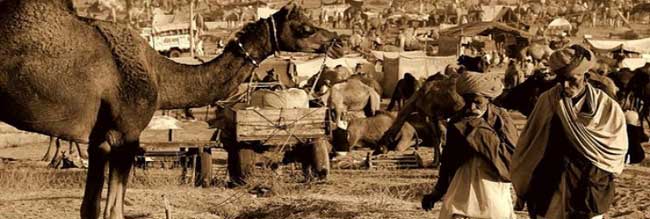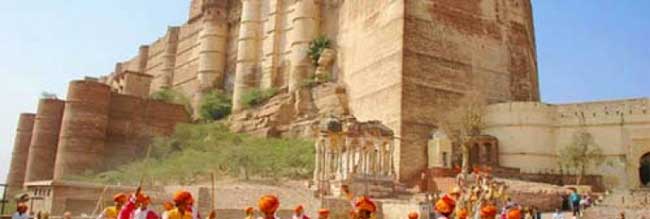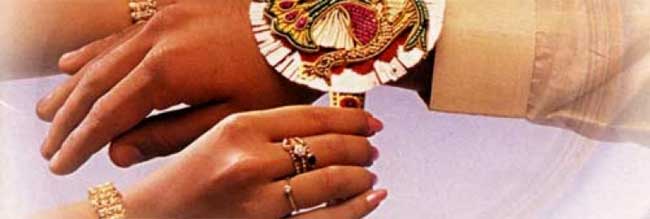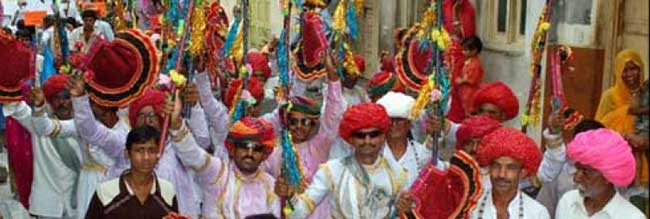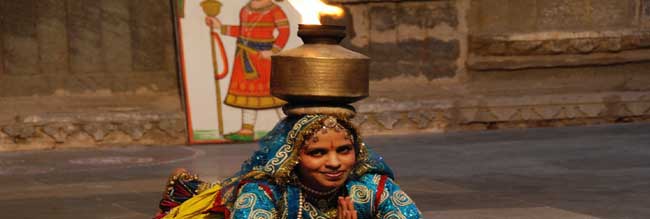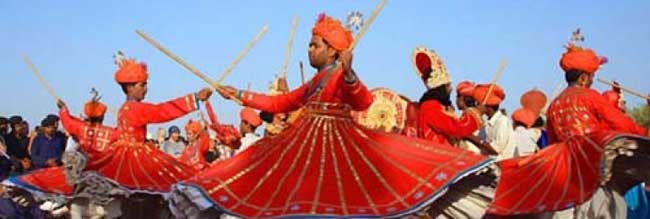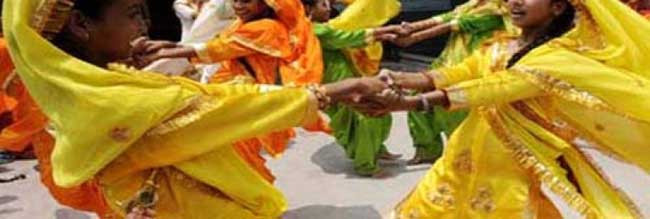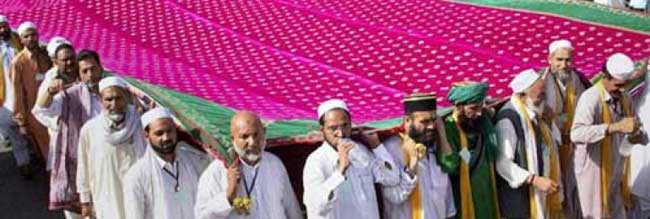

Urs Festival of Ajmer Sharif is held in the holy town of Ajmer in Rajasthan , India . It is considered to be one of the most important festivals in the Muslim calendar and is celebrated with great fervor all across Ajmer. The pilgrims who come to seek the blessings of the Khwaja make rich offerings called nazrana at the holy spot where the saint has been entombed. The offerings of rose and jasmine flowers, sandalwood paste, perfumes and incense contribute to the fragrance that floats in the air inside the shrine. The devotees also offer chadar, ghilaph and neema, which are votive offerings for the tomb. These are brought by devotees on their heads and handed over to the khadims inside the sanctum. Outside the sanctum of the dargah, professional singers called qawwals sing qawallis in order to praise the deeds of their saint. People gather around them and listen attentively, sometimes clapping to the rhythm of their instruments.
The Urs is initiated with the hoisting of a white flag on the dargah by the Sajjada Nashin (successor representative) of Chishtis. It is done on the 25th of Jamadi-ul-Akhir (sixth lunar month), with the accompaniment of music. On the last day of the sixth month, the Jannati-Darwaza (gateway of heaven) is flung open early in the morning. People cross this gate seven times with the belief that they will be assured a place in heaven. On the 1st of Rajab, the tomb is washed with rose water and sandalwood paste and anointed with perfumes. This ritual is called ghusal. The tomb is then covered with an embroidered silk cloth by the Sajjada Nashin.
At night, religious assemblies called mehfils are held in the mehfil-khana, a large hall meant for this purpose. These are presided over by the Sajjada Nashin of the dargah.Qawwalis are sung and the hall is packed to capacity. There are separate places reserved for women who attend the mehfil. The mehfil terminates late in the night with a mass prayer for the eternal peace of the Khwaja in particular and mankind in general.
History
Dargah Sharif Ajmer is situated at a barren hill's foot where the Sufi saint Khawaja Moinuddin Chishti's mortal remains are buried. The tomb, known as a Dargah, has a marvellous looking marble dome, located in between the courtyard and has a border of silver platform. One can see India's biggest Muslim Fair with various items sold at stalls like religious objects, rosaries, silver ornaments, books and embroidered carpets. It is believed here that your wishes can come true if prayed with pure hearts. Every year, this festival is celebrated to the saint's unification with God.
Khwaja Muinnddin Chisti was also known as the Gareeb Nawaz bas he was a protector and supporter of the poor. He dedicated all his life to serve the mankind. The Khawaja was from Persia, who established fakirs' Chishtia order in India. Khawaja had lived for almost hundred years.
From Jaipur, Ajmer is merely 132 kilometres towards southwest. The road network is easily accessible from various districts of Rajasthan such as Jaipur, Kota, Bikaner, Jodhpur and Udaipur. Ajmer is also a railway junction on the Western Railway. During the celebration, people mostly prefer travelling by special buses for the whole trip to Ajmer and back to their respective cities from all over India.
Celebration
This festival witnesses over five lakh devotees from every caste, creed and religious faith. These people offer jasmine and rose flowers to the Khawaja at the Dargah to seek his blessings. During this celebration, millions of people pay a visit to this Dargah from all over the world. After praying for six-day in seclusion, it is said that the honoured saint left for heaven. This is the reason why every year all the devotees celebrate the festival of 'Urs Ajmer Shariff' in Islamic calendar's seventh month and during Rajjab's first six days.
The several devotees here offer Ghilaph, Neema and Chadar for the tomb. The ritual also includes looting the Milk Pudding called as Kheer, cooked in two cauldrons 'Degs'. The Kheer went prepared is then distributed to all the devotees as blessed food called as tabarruk. The famous qawwalis is also a main attraction during annual 'Urs Ajmer Shareif' festival. This qawwalis, mehfils and prayers called as fatihas are specially organized for mankind's eternal peace. Professional qawwals are called to sing songs, praising the saint. The listeners are mesmerised by the 'sufiana kalam' by the artists.
The annual Urs begins by hoisting a flag at Buland Darwaza by the successor of Chistis, which is currently 'Sajjada Nashin'. Sixth month's last day, gateway to heaven 'Jannati-Darwaza' is opened early morning. Pilgrims then cross this door seven times with a belief to assure a place in heaven. A ritual called 'ghusal' is performed on first of Rajab, where sandalwood paste and rose water is used to wash the tomb, and later perfumes are anointed. Then, the tomb is covered by Sajjada Nashin with silk cloth having minute embroidery.
Rajasthan is all about royalty, culture, color, camel and celebration. Rajasthan is also famous for mesmerising lakes, dessert, historical places & forts. A Rajasthan festival includes interesting rituals,ethnicity, tradition festivals and celebrations. Numerous fairs and festivals are celebrated in Rajasthan. All the fairs and festivals feature display of the state’s legacy, colorful artifacts, lip- smacking delicacies, traditional Rajasthani attires, folk songs, folk dance and various interesting competitions. fairs and festivals in Rajasthan offer a chance to travellers to have a glimpse into the art, culture, customs and history of the state. Some of the popular Rajasthan fairs and festivals are Camel Festival, Desert Festival, Pushkar Fair and Urs Fair. Other festivals include Gangaur Festival, Diwali Festival, Kite Festival, Teej, Marwar Festival, Summer Festival. Travel to Rajasthan and participate in the jubilant activities.
